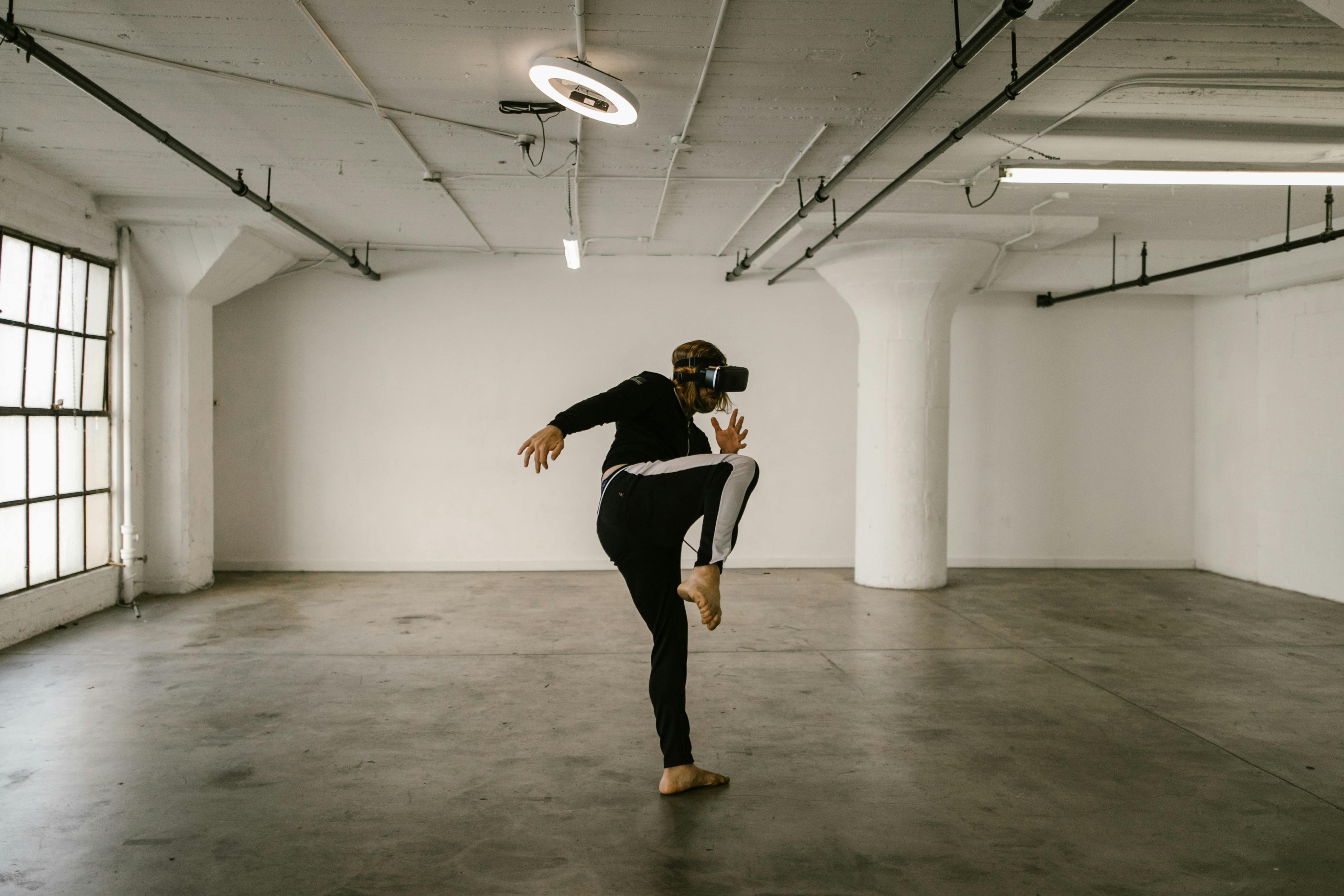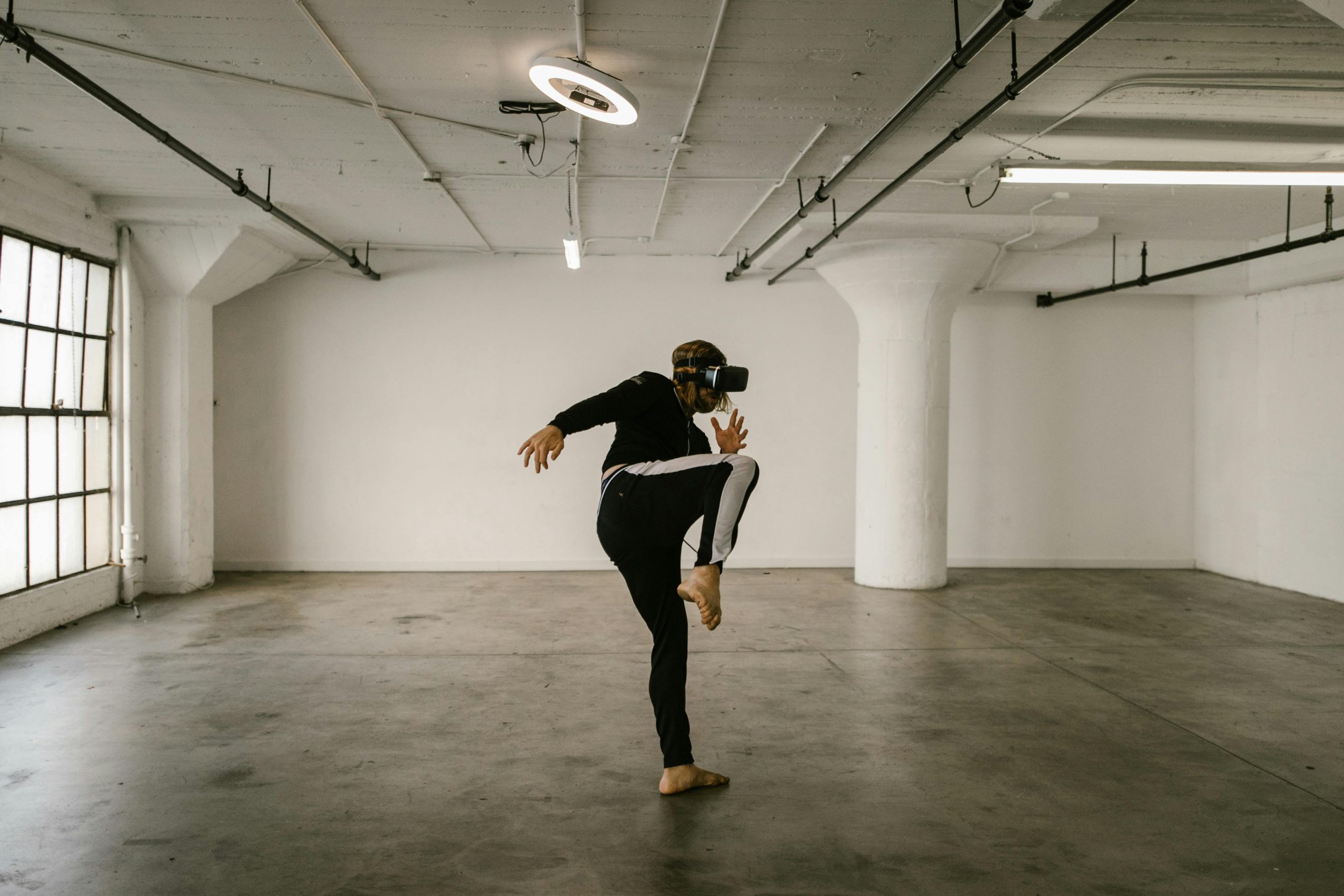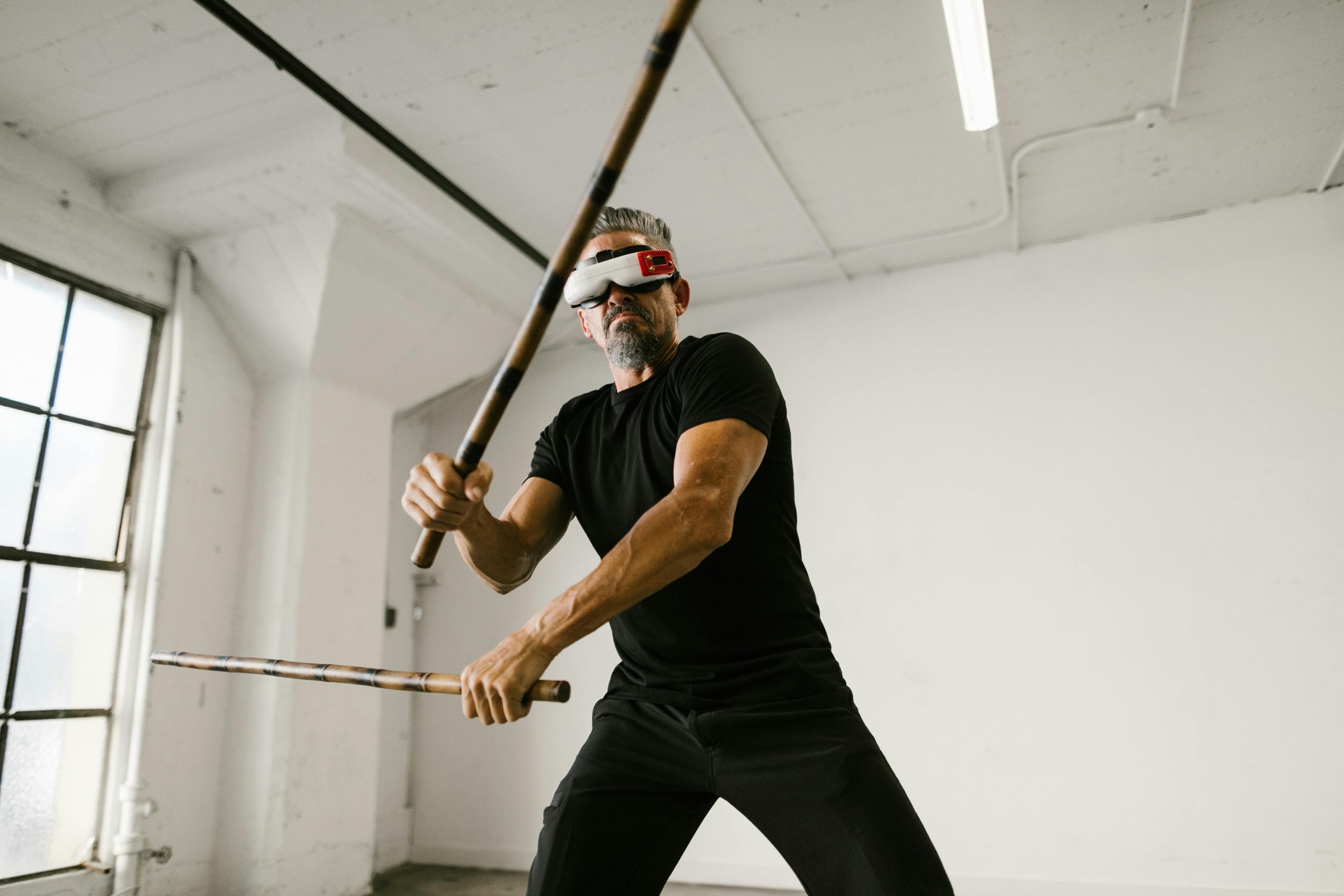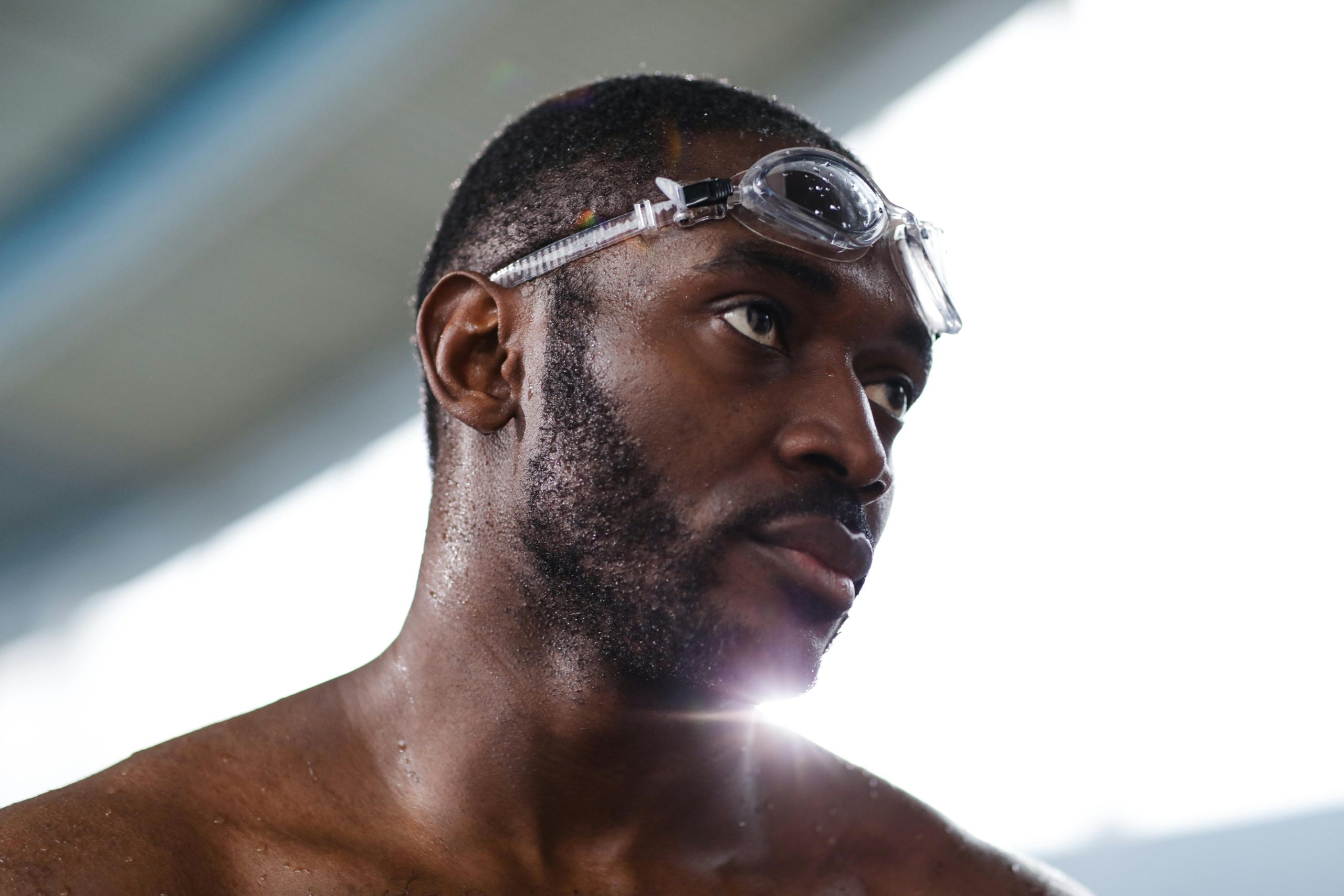
The Legal Road Ahead: From Discovery to the Fair Use Crucible
With the motion to dismiss defeated, the lawsuit is now accelerating into a much more intensive, fact-finding phase. The legal journey is about to get very expensive and very granular for both sides. The focus shifts from the plausibility of the claims to the hard evidence.
The Discovery Phase: Uncovering the Digital Black Box
The immediate next step is the commencement of discovery. This is where the authors’ legal teams will demand access to internal documents, training data logs, and proprietary information from OpenAI and Microsoft. They will be looking for irrefutable evidence of exactly how the copyrighted works were ingested, stored, and used during the model’s development. This phase is notoriously time-consuming and costly, but it is where the authors hope to find the smoking gun that either proves the training process itself was infringement or that the output generation process was systematically designed to replicate their work.
Furthermore, the judge has reportedly limited the scope of the case for now, focusing on seven specific OpenAI models, ranging from GPT-3 up to GPT-4o, while striking allegations related to newer, undisclosed models like GPT-4.5 and GPT-5. This limitation focuses the discovery effort but sets the stage for future litigation concerning the latest technology.. Find out more about George R.R. Martin copyright infringement lawsuit ChatGPT.
The Imminent Summary Judgment on Fair Use
While the initial prompt correctly identified the importance of the summary judgment phase, the current timeline suggests this will be the major procedural hurdle after discovery has been substantially completed. A motion for summary judgment asks the judge to rule on a specific claim without a full jury trial because the facts relevant to that specific legal question are not genuinely in dispute. In this case, the fair use defense will almost certainly be tested via such a motion.
The key question for Judge Stein will be whether the ingestion of copyrighted works solely for the purpose of creating a competitive, generative tool can ever qualify as a “transformative use” under the statute. As other judges have offered nuanced rulings in related cases—some finding training on legally obtained books to be fair use, others questioning the legality of keeping a “permanent library” of those works—Judge Stein’s eventual ruling on fair use in this context will be a landmark decision for the entire industry. This phase is pivotal because a ruling in favor of the AI developers here could potentially end the entire case, regardless of the prior findings on output similarity.
The Trillion-Dollar Question: Potential Damages and Financial Exposure
The reason both sides are maneuvering with such intensity—and why the AI developers are so keen to settle similar claims—is the sheer scale of potential financial liability. When copyright infringement is proven in a class action, the penalties can be staggering.. Find out more about AI training data fair use doctrine publishing industry guide.
The Statutory Damage Multiplier
For proven copyright infringement, statutory damages can climb as high as $150,000 per infringed work. Given that this class action consolidates lawsuits involving numerous authors and potentially thousands of copyrighted books ingested into the training datasets, the cumulative liability is not measured in millions, but potentially in the hundreds of millions, or even billions, of dollars.
We have a recent, powerful data point to frame this potential exposure. The comparable class-action settlement reached against Anthropic—another major generative AI developer—was preliminarily approved for $1.5 billion. Reports indicate the per-work payout in that settlement increased to roughly $3,100 per work identified in the class, showing a clear incentive for AI companies to negotiate equitable resolution before a jury calculates damages on statutory maximums. This looming financial threat lends enormous strategic weight to the authors’ current litigation momentum.
Actionable Takeaways for Creators in 2025 and Beyond. Find out more about Setting legal precedent for LLM training on copyrighted works tips.
This landmark case offers several immediate, practical lessons for all content creators:
- Document Everything: The success of Martin’s team hinged on providing specific, illustrative examples of infringing AI output. If you suspect your work is being misused, capture the prompts and the corresponding outputs immediately.
- Monitor Related Cases: The legal landscape is evolving rapidly. Keep track of rulings like the Anthropic settlement, as they establish the *market value* for your intellectual property in AI training contexts.
- Engage with Industry Bodies: This fight is being fought by consolidated groups like the Authors Guild. Participating in or supporting these collective efforts is often the only way to gain the legal resources necessary to challenge well-funded tech giants. If you are looking to secure your future, you need to read up on the future of creative contracts in the age of machine learning.
- Prepare for New Licensing: If the plaintiffs win on the fair use defense, expect AI companies to rapidly pivot to establishing comprehensive licensing schemes. Creators should be ready to negotiate for these new royalty streams for content creators.
Conclusion: A New Chapter in Creative Ownership Under Judicial Scrutiny
The decision allowing George R.R. Martin and his fellow authors to proceed with their direct copyright infringement claims against OpenAI is an undeniable turning point, solidifying the momentum for creators in late 2025. Judge Stein’s ruling affirms that the judiciary is willing to look past the technical complexity of machine learning to examine the fundamental rights of the creators whose works power these new tools.
As the case now plunges into discovery, the entire technology sector will be watching the Manhattan courtroom. The answers determined here—on both the output similarity and, ultimately, the fair use of training data—will define the legal parameters for innovation in the digital age for years to come. Will AI companies be forced to pay for the library they built their intelligence upon, or will existing legal doctrines be stretched to shield their current methods? That central question hangs over the remainder of two thousand twenty-five and beyond.
The world awaits the next word in this epic struggle—a battle far more consequential for the future of authorship than any fictional fight for the Iron Throne. What do you think Judge Stein’s ruling on the outputs means for the future of model training? Should AI companies be required to license all data upfront, or is the current system justifiable under fair use? Let us know your thoughts in the comments below and subscribe to stay ahead of the next major filing in this critical case.. Find out more about George R.R. Martin copyright infringement lawsuit ChatGPT insights.
***
(Internal Link Placeholders for SEO structure:)
reading more about understanding the ‘more discerning observer’ test
. Find out more about AI training data fair use doctrine publishing industry insights guide.
the economics of large language model training
the future of creative contracts in the age of machine learning.
. Find out more about Setting legal precedent for LLM training on copyrighted works insights information.
royalty streams for content creators.
***
(External Source Citations – For reference, as per instructions, these are not hyperlinked but their claims are cited within the text:)
The ruling on the motion to dismiss and the substantial similarity finding is detailed in reports from Courthouse News Service and Publishers Weekly. The mention of the ‘A Dawn of Direwolves’ outline is noted by MediaPost and Courthouse News. Information regarding the current state of over 50 pending cases is noted in reports such as those from Lawfare. The financial context from the comparable Anthropic settlement and statutory damages is sourced from Complete Music Update and ChatGPT Is Eating the World reports.










